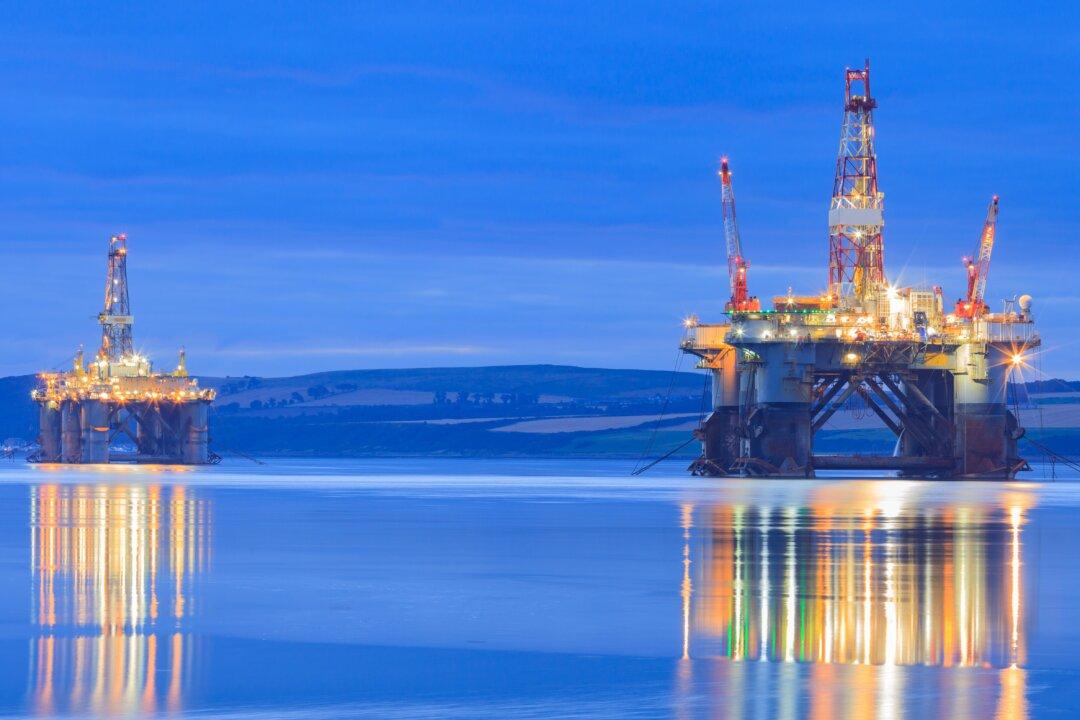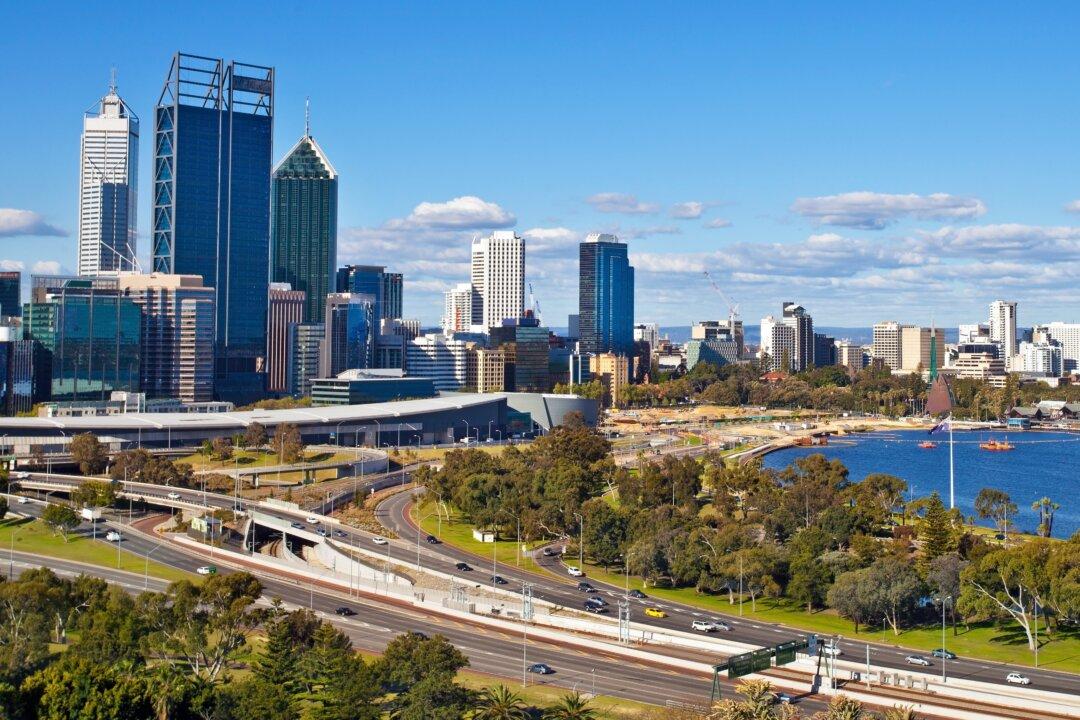The go-ahead for a $16.5 billion (US$12 billion) offshore gas project off the coast of Western Australia (WA) has become a cause of celebration for the government whilst simultaneously drawing severe criticism from environmental groups.
Following a merger between the oil and gas portfolios of resource giants BHP and Woodside, $2.1 billion (US$1.5 billion) has been allotted to initiate the development of 8 subsea gas wells in Scarborough—375 kilometres (233 miles) off the coast of Karratha in WA.





